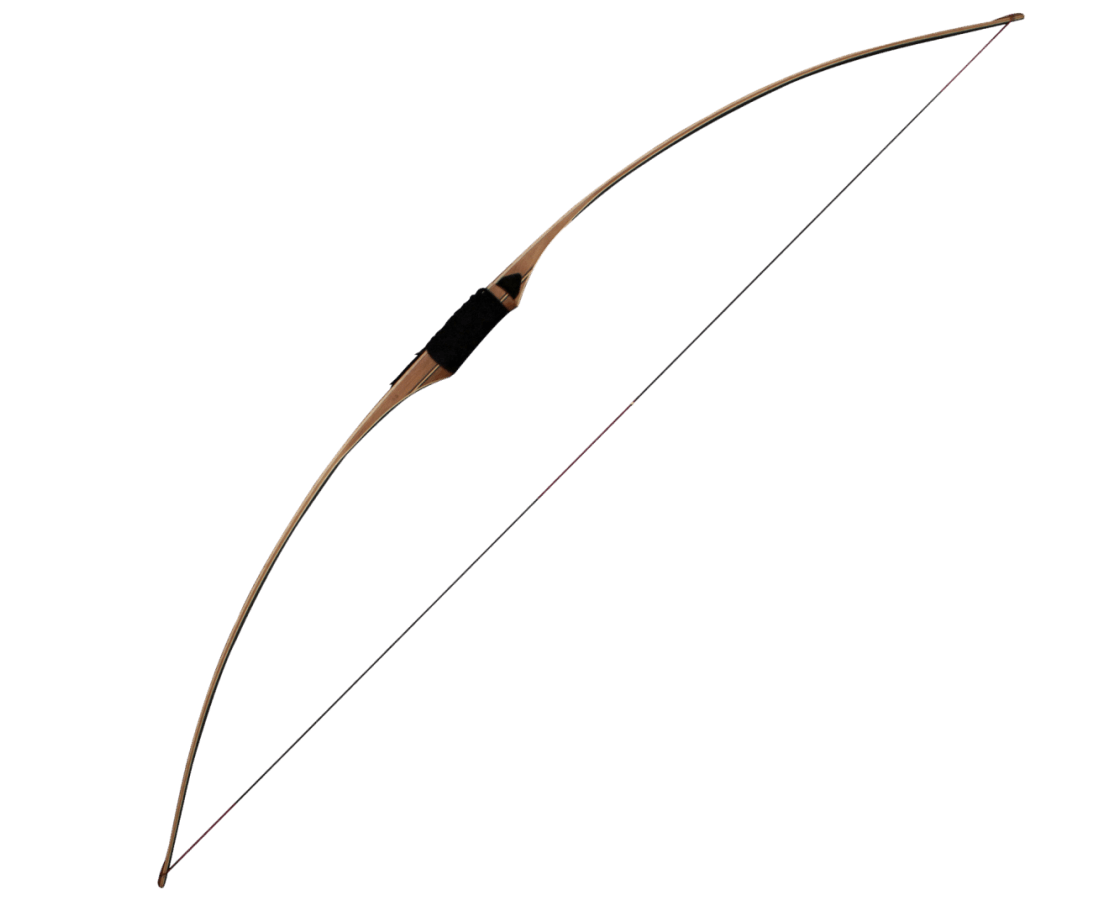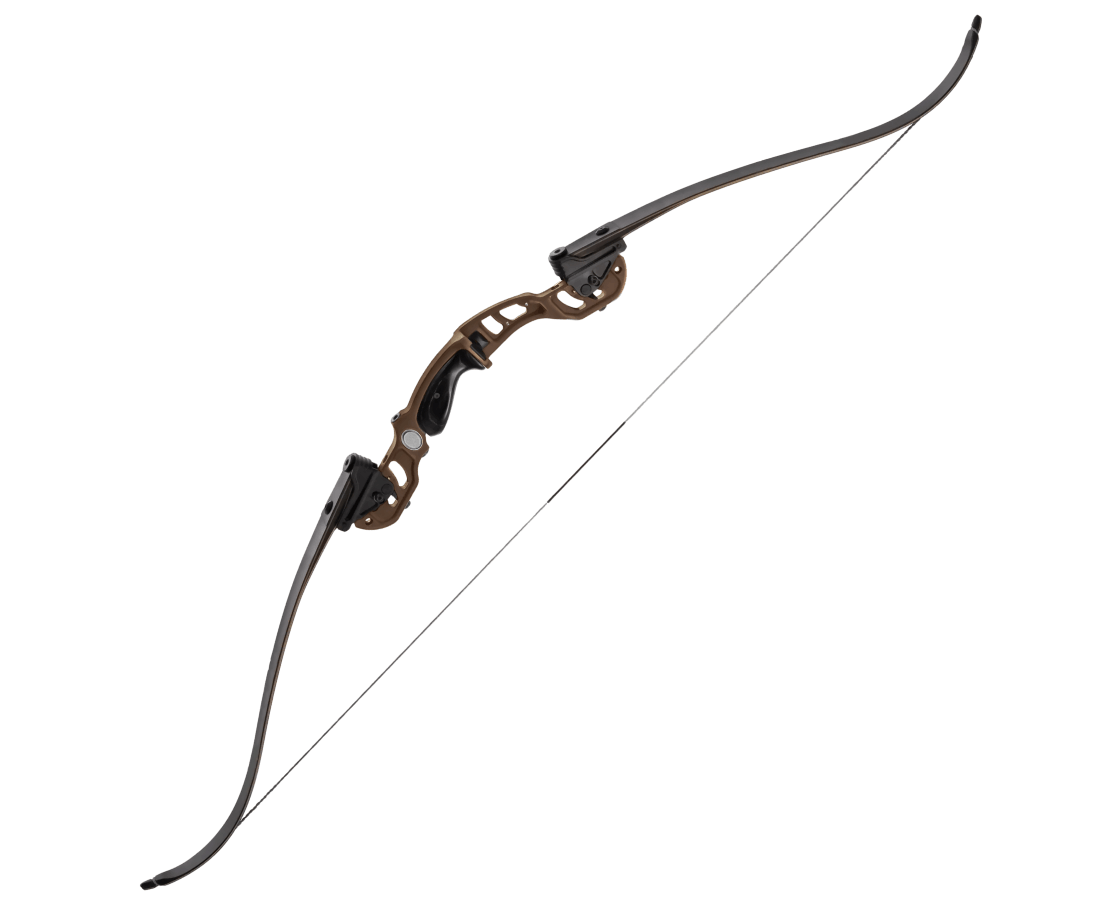What are the different types of hunting bows? Longbow - Recurve bow - Compound bow

The longbow, recurve bow, and compound bow are three major bow types, each offering distinct advantages for different archery styles.
Longbow
The longbow, recurve bow, and compound bow are three major bow types, each offering distinct advantages for different archery styles.
The longbow is the most traditional: a single, relatively straight limb made from wood or laminated materials and typically as tall as the archer. It emphasizes simplicity, smooth draw, and reliance on the shooter’s form and strength. Longbows deliver a clear, classic feel and demand consistent technique; they are favored by traditionalists and for historical reenactment or instinctive shooting.

Recurve Bow

A recurve bow has tips that curve away from the archer when unstrung. Those recurved tips store more energy and release it efficiently, producing greater arrow speed from a shorter bow. Recurves remain popular in target archery and Olympic competition because they balance modern materials and traditional shooting style. Contemporary recurves often have modular risers, advanced limb materials, and accessories like stabilizers and sights, allowing fine tuning without losing direct feedback through the string.
Compound Bow
The compound bow is a modern mechanical design utilizing cams or wheels, cables, and pulleys. This system provides a mechanical advantage and lets the archer hold a reduced portion of peak draw weight—the let-off—while at full draw, improving aim stability and reducing fatigue. Compound bows offer precise adjustability for draw length and weight, high arrow speeds, and consistent performance, making them ideal for hunting and some competitive formats. While mechanically efficient, compounds require maintenance and periodic tuning, and regular maintenance required.

Crossbow
A crossbow is a ranged weapon that uses a horizontal bow mounted on a stock to launch projectiles called bolts or quarrels. Unlike a traditional vertical bow, a crossbow allows the shooter to cock the string and hold it in a ready-to-fire position without physical strain, thanks to mechanical aids such as rope cockers or crank devices. This makes it easier to maintain accuracy, even for beginners. The shooter aims using sights or scopes, then releases the string with a trigger mechanism similar to a firearm. Modern crossbows are typically made from strong composite materials and can generate significant power, making them popular for target shooting, hunting, and recreational archery. Because they combine bow principles with mechanical components, crossbows offer a unique mix of precision, consistency, and ease of use. Proper handling, safety training, and following local regulations are essential when using any crossbow.
